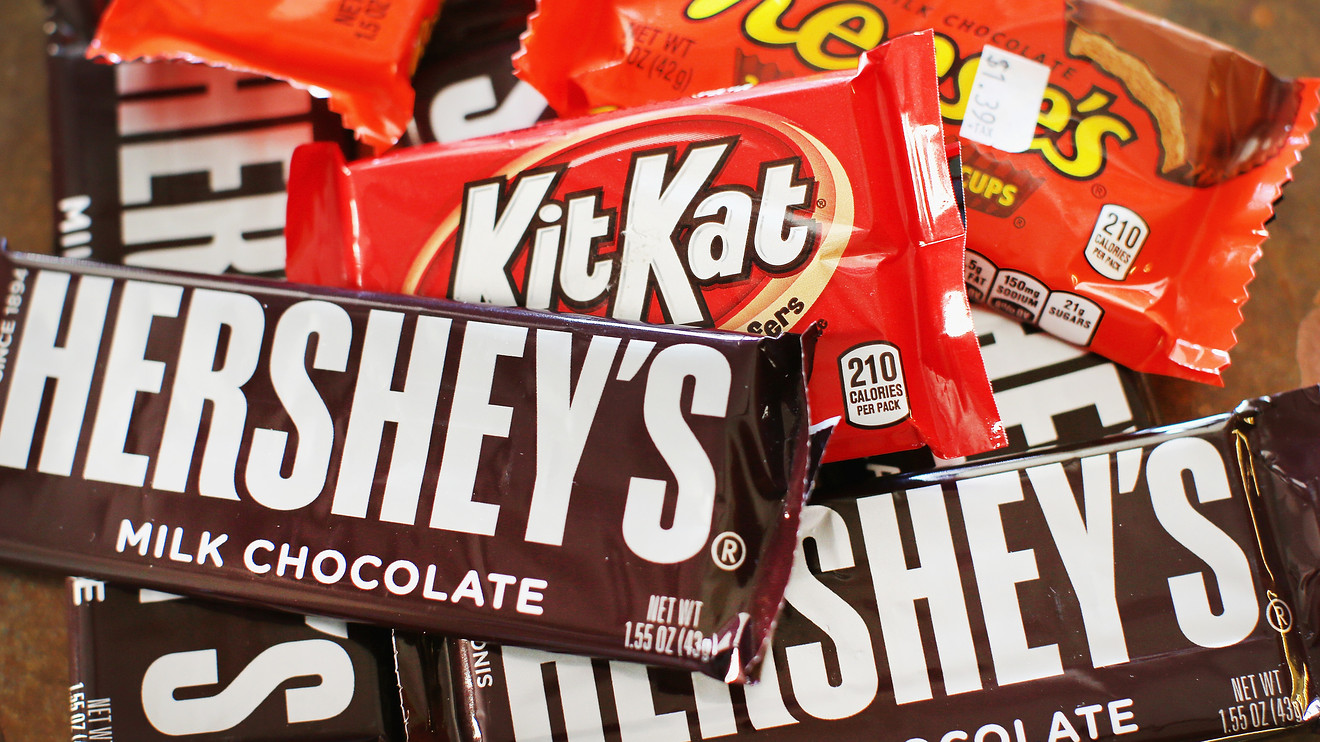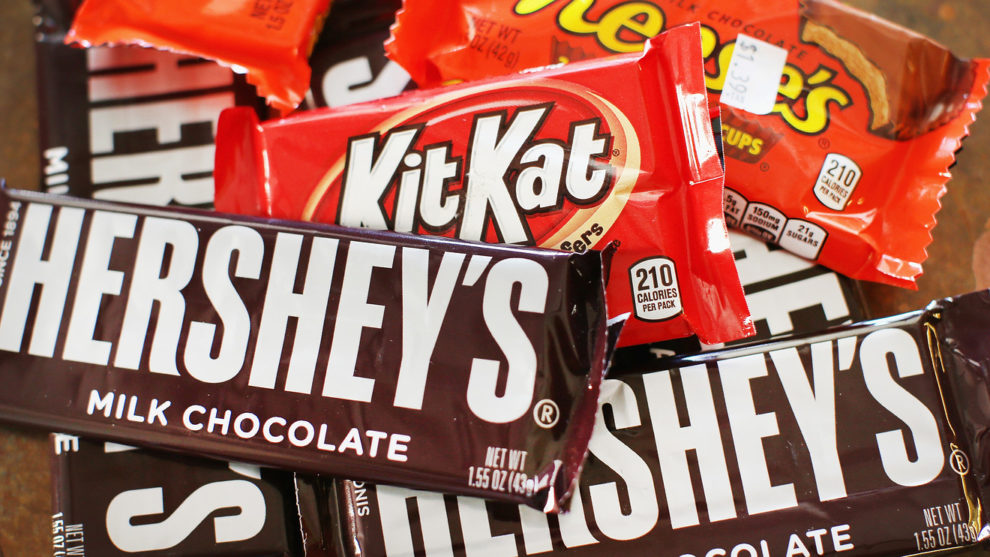
Craving a Snickers or Hershey’s HSY, +0.62% chocolate during your three o’clock slump?
Think again.
The U.S. Food and Drug Administration issued a final rule on Friday to revise font sizes used in calorie labeling on food sold in glass-front vending machines. It requires that calorie labels’ type size should be at least 150% the minimum-required size of the net-weight information displayed on the item’s actual packaging.
One alternative approach under consideration required the calorie information to be in a type size at least 100% of the size of the net quantity of contents declaration. This final rule aims to provide more consistency and, as such, help industry representatives comply with the rule.
Vending-machine operators who own/operate 20-plus vending machines must declare calories for foods sold from vending machines. The vending-machine operator can meet the latest requirement by providing a sign close to the selection button that discloses the number of calories in the food item, the FDA added.
In 2011, the FDA introduced a similar rule to display calories on food sold for restaurants with 20 or more outlets. But people may have been either too hungry or too busy to stop and take in that information: Only one in six New Yorkers considered the calorie information before making their purchase, a study published that same year in the British Medical Journal found.
Don’t miss: 10 diet hacks to help you lose weight
So will more labels remind consumers just how many calories are in a Snickers (215 calories) or Hershey’s Milk Chocolate Bar (220 calories)? An earlier study of 5,000 diners carried out by researchers at Cornell University and Louisiana State University concluded that people shed just one pound over three years when calories were displayed on restaurant menus.
In fact, calorie counting only reduced calorie intake by 44.9 calories per meal, or 3%. Diners tended to skimp on appetizers and entrees, but they were more likely to consume more calories for dessert and beverages. In other words, they still couldn’t resist the ice cream or chocolate mousse, or a glass of wine or Coke KO, +0.91% with dinner.
Surprisingly, restaurants providing low-calorie labels on their menus can actually cause people to actually choose higher-calorie (and also more expensive) options, according to a 2014 study published in the Journal of Consumer Research and conducted by researchers at Georgia State University and Columbia University.
“By calorie-organizing a menu, restaurants make it easier for people to use the general low-calorie label to dismiss all low-calorie options early in the decision process,” the study concluded. In fact, participants in the study who were given traditional menus without any calorie information and menus with the low-calorie food lumped together ordered food with similar amounts of calories.
Also see: 5 things to cut out of your diet to reduce high blood pressure and lower the risk of heart failure
div > iframe { width: 100% !important; min-width: 300px; max-width: 800px; } ]]>











Add Comment